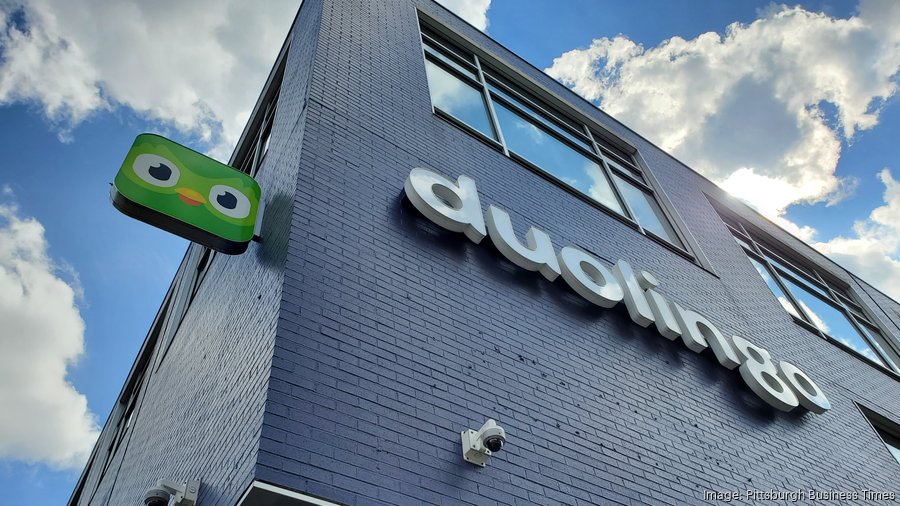Listen to this article 4 min
About a decade ago, Luis von Ahn said skeptics told him that Duolingo Inc. could never teach people how to learn a language using synthesized, computerized voices at a time when the technology still sounded robotic and unnatural.
The company's CEO and co-founder ultimately ignored those critics and said he bet big on using the technology widely throughout the Duolingo (NASDAQ: DUOL) language-learning platform, which has since surpassed 60.7 million monthly active users, a figure he shared during the company's fourth quarter 2022 earnings call on Tuesday.
Now, von Ahn said he is ready to make another big bet, and this time it's on generative artificial intelligence. During the call and in his letter to shareholders, von Ahn announced a paid subscription tier offering that'll be placed above its premium "Super Duolingo" model called "Duolingo Max," which is being developed in collaboration with OpenAI Inc., the makers behind the popular ChatGPT and Dall-E generative AI tools.
Language learners who subscribe to this product, which starts at $13.99 per month, will be able to use two new features: "Explain My Answer" and "Roleplay." The former will guide and interact with users to help explain why they got a given answer wrong in greater detail than what the app currently shows. The "Roleplay" feature will act like a chatbot, letting users practice carrying out an organic conversation in the language they are learning, like simulating how one might go about ordering a coffee at a cafe.
Additionally, von Ahn said the use of generative AI allows Duolingo to scrap any and all plans it had for a human-based tutoring platform it looked to incorporate into the Duolingo app, which the company had worked on in various stages over the years.
"Over the last year, we've made the decision, which I think is the right decision, that we are not going to get into human tutoring at all; we've tried it, we are out," von Ahn said on the call. "There's a number of reasons for that; it's not like we have anything against human tutors. It's just, on our end, we are a technology company, and that's what we excel at."
Furthermore, he said the technology also will aid the company with course material creation, allowing its employees to spend fewer hours making content that in the future will only need to be reviewed by humans.
"We're very excited about generative AI," von Ahn said. "Over the last couple of years, generative AI has become significantly better, and we're definitely going to lean into this as well. … It's a bit early for me to give you a precise estimate of how much you can speed [content creation] up, but we are certain, I mean, it's already happening. We're already seeing things and also lowering [content creation] costs."
Duolingo has begun testing its "Max" offering in select markets and will roll it out to others throughout the year.
Meanwhile, paid subscribers to the company's "Super Duolingo" and other subscription tiers continue to climb. Duolingo reported 4.2 million paid subscribers during its fourth quarter. That's up 67% from the 2.5 million users it previously had during the same quarter a year ago.
But despite this growth, the company still posted another yearly net loss of $59.5 million, relatively unchanged from the $60.1 million net loss it had in 2021. It ended 2022 with $369.5 million in revenue, up 47% year-over-year.
Von Ahn said the company is "well-positioned" to see its users and subscribers grow rapidly in the coming year, which he said will lead to the delivery of higher profitability. He expects the company to reach a 10% to 12% adjusted EBITDA margin for the year, up from the 4% it had in 2022. Duolingo also won't be looking to add much more to its roughly 550-person workforce in the year ahead either.
"We plan to continue to compound the returns we've seen from our past R&D investments so we don't plan to hire as many people as we did last year," von Ahn said. "Just to remind you, we've never gone nuts with hiring. And in fact, we've grown revenue at about twice the rate of headcount in the past four years."
Most of Duolingo's employees report to the company's headquarters on Penn Avenue, though it has offices of various sizes across the world.
The company's stock was trading at about $97.69 per share in after-hours trading late Tuesday, up 7.6% from the day's close of $90.79 per share.
